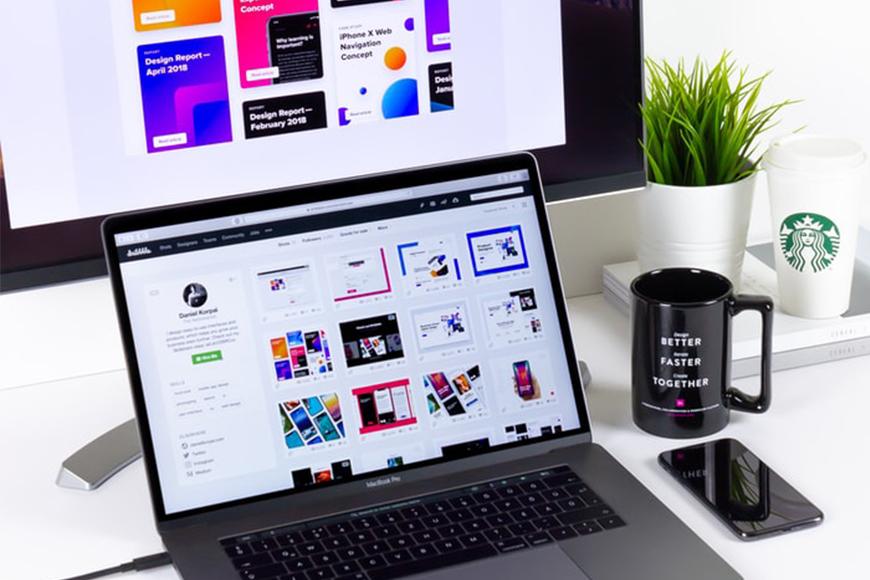
Simplicity. Simplicity. Simplicity. These were the words that continued ringing through my head long after I left the Career Services e-portfolio workshop. I had always assumed an e-portfolio needed to be complex, graphically interconnected and created by students expertly skilled in graphic design. Leaving the workshop, I realized that creating an e-portfolio was more about showcasing one’s experience, personal style and, you guessed it – simplicity.
Along with a list of ‘what to dos’ when creating an e-portfolio, participants were also given a list of ‘what not to do’ when creating your e-portfolio. The list arose after viewing numerous e-portfolios that didn’t make the cut by employers for potential positions. It is a sad reality that occurs but doesn’t have to. So before sending your e-portfolio off to an employer check through this list to make sure you know ‘what not to do’ when creating an e-portfolio.
Don’t show all your work
While it does show diversity and variety, employers only have a limited amount of time to view a portfolio. Incidentally, they could click through only your first-year work and due to time constraints, not see your latest project. Pick only your top five to eight pieces to display.
Don’t display just the final product
With the design, the process is key. Employers need to see a connection between what they are looking at, a description of what you specifically did and how you did it. Highlight the work you did (both visually and with written description) in order to produce the final product.
Steer clear of hard to see thumbnails
Thumbnails give a snapshot of a bigger picture of your work. When thumbnails are difficult to see or of low quality, the desire to see more of the project is decreased. Ensure thumbnails are enticing to draw the employer in to explore more of the design or project.
Don’t use YouTube or link off the site
While simple to upload and view videos, YouTube lacks the professionalism that your own website can achieve. If used, employers have to venture off your site then return back to see more of your work. The key is to keep employers on your site for as long as possible so they obtain a full understanding of your style and work. Bottom line - use your own domain space and name that includes all your videos, pictures and information on one site.
Avoid overbearing flash navigation
Flash navigation should be a quick and easy tool for employers to view designs. Too often employers have to wait ten to fifteen seconds for Flash to load. While this seems short in retrospect, it can be longer if there are multiple images to be viewed and if the same animation appears repeatedly as the employer scans through the rest of your work.
Beware of over design
Multiple colours, varying text fonts and general busyness of a page make it difficult for the observer’s eye to focus. Whether you are new to e-portfolios or a seasoned user, remember that simplicity is key. If in doubt, check with family or friends who are new to your work. Chances are, if they can find, view and understand your e-portfolio, your employers will too.
Don’t sell yourself short
We’ve all seen them – websites under construction or works that are ‘in progress.’ The notation lets viewers know there is more to come or that the site is being worked on. While great for general websites, this labelling on an e-portfolio is unnecessary. Employers want to see full, finished pieces so leave works in progress of your portfolio until they are finished.
The list of ‘what not to do’ when creating or revamping an e-portfolio can be daunting. To get started, take things one step at a time. Divide the different elements of your e-portfolio to make them easier to check over. Day one, start with the overall design, day two the thumbnails, day three personal and contact information, and so forth. When in doubt, check back to this list of what not to do to see if your e-portfolio matches up with what employers are looking for.
Beyond the Blog
- Visit a Career or Co-op Advisor to see how you can use your print portfolio in interviews to showcase your work and accomplishments.















